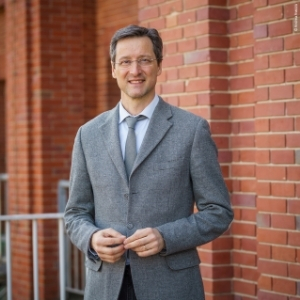A building’s façade plays a very important role in the entire construction organism. It defines the border between the layers or the innermost membranes and the outdoor environment with all its climatic forces: wind, ice, sun, etc.
All of the historical "traditional" stock built with wet construction, both load-bearing masonry and clay-cement monumental stock, requires the final "skin" to be integral and bonded, plaster or ceramic or stone cladding, to the underlying infill substrates.
This involves inevitable limitations over time, also considering the significant thermo-hygrometric stresses, which lead to various types of problems: detaching, infiltration, cracking and so on.
Dry layered construction technologies: how they act on ventilated facades
The dry stratified construction technologies, based on mechanically fastened products and systems, offer a significant technical alternative to avoid these problems and the final facade actually becomes "ventilated" as it combines the layers with a moving air gap.
In summer and in mid-seasons, this "dynamic layer" takes advantage of the chimney effect (drawing air from the bottom upwards) and reduces the heat input from the outside to the inside during hot periods
On new buildings it goes without saying that a correct stratigraphy, able to isolate and phase out/attenuate the thermal wave, can be completed towards the outside with a ventilated facade, whether it aesthetically expresses the technological elements or is mimetic (think of ventilated facades with Portland cement panels of low thickness and thin plasters, such as Aquapanel Knauf).
However, the real challenge today concerns the existing stock, especially from the 1960s/70s onwards, clay-cement and which often shows deficiencies in thermal insulation and problems of durability of the plasters as well as of the bonded cladding which are, in fact, at the point of requiring major maintenance.
Here the integrated systems, composed of insulating panels (including sandwich), with support elements capable of bearing different types of final claddings, give the designer and customer the freedom of any aesthetic choice and they offer energy and sustainability performances (in harmony with the CAMs and in perfect accordance with the current incentives linked to government Super Bonuses).
Generally, a ventilated facade is more thermodynamically efficient the larger the insulating thickness behind the cavity and the lighter the final cladding layer (for example a finishing metal sheet).
These technical choices, which require an accurate design and definition of the structural anchors of these new stratigraphies, make it possible to redefine the very aesthetics of our cities, especially of the historical stock that has no artistic-monumental value yet represents most of our urban agglomerations outside the prestigious historical centres.
A "centrifugal" strategy therefore, which makes us look all the way to the suburbs, which Renzo Piano defines as "the heritage of humanity", where the technological and performance retrofitting of the facades(facilitated by the current post-seismic and post-Covid19 regulations) becomes the first step in a necessary improvement of the places where we live and in energy performance.
Years ago in Germany, with the reunification between East and West, they chose to invest heavily in the strategy of recovering the buildings (many council houses) of the former communist block and did so by implementing insulating stratigraphies and ventilated facades, where the colour choices and materials were very important to giving new life to stock of little value.
It is as if we were to imagine a new technological "palimpsest", as in the glorious past of historic Italian buildings, contemporary and multi-valued: energy-related, sustainable, with dry construction, possibly reversible and even aesthetically valid.


